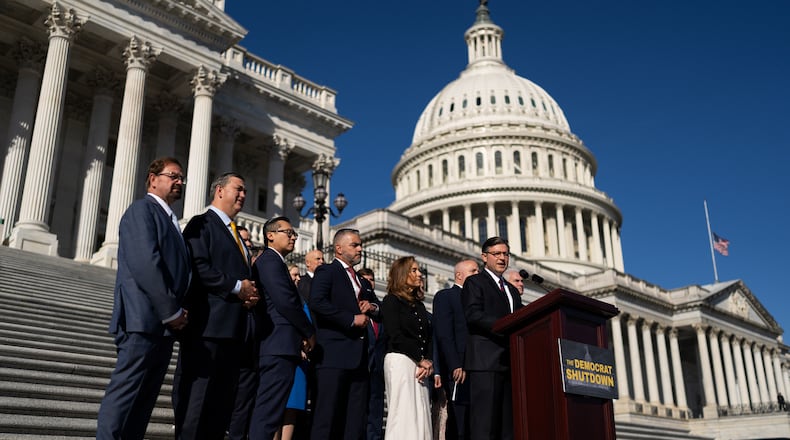Credit: SarahLydia Keihl
Credit: SarahLydia Keihl
When compassion becomes a casualty of politics
The narrative that food assistance drains the system simply does not hold up to economic analysis. The U.S. Department of Agriculture’s Economic Research Service estimates that SNAP is one of the most effective forms of economic stimulus. In a slowing economy, every $1 spent on SNAP generates $1.54 in economic activity (GDP). When families buy groceries with SNAP, they are directly supporting Ohio farmers, grocers, truck drivers, and local small businesses. Cutting these benefits removes a powerful source of stability, weakening our economy when it needs support most.
The cruelty of this policy is not abstract. The impact will be felt immediately in communities like Montgomery County, where more than 83,000 residents, or about 15% of the population, already rely on SNAP for basic nutrition. This cut targets the most vulnerable among them, creating immediate food insecurity.
- Read more from Youssef A. Elzein, a local civil engineer and an Arab American Community Activist.
Democrats shut down the government while my generation can’t afford to start our lives
I’m a college senior at the University of Dayton, and I’m staring down the barrel of graduation in just a few months. Many of my classmates are buried under student loans for degrees that feel less valuable by the day. Inflation has eroded the purchasing power of our future salaries, and the job market for new grads is tougher than ever. We’re supposed to be the next generation building America’s future, but right now, it feels like the system is stacked against us. And to make matters worse, as I write this, the federal government has been shut down for more than a month — not because of some unavoidable crisis, but because Senate Democrats are holding the country hostage over their demands for $1.5 trillion in new spending on top of a clean continuing resolution (CR) that would maintain funding at Biden-era levels.
- Read more from Gabe Guidarini, a senior majoring in political science at the University of Dayton.
Dayton’s heritage at risk without park rangers, maintenance workers to protect it
National parks protect our country’s most important places and stories. We’re lucky to have a national park in Dayton, and it has incredible stories of national significance that should continue to be protected and shared. We gave the world the airplane - which has resulted in significant changes in commerce, leisure, science, and warfare - and the lasting literary work of Paul Laurence Dunbar. But this heritage is at risk without park rangers and maintenance workers on duty to protect it and tell these stories to Dayton’s visitors.
About the Author




